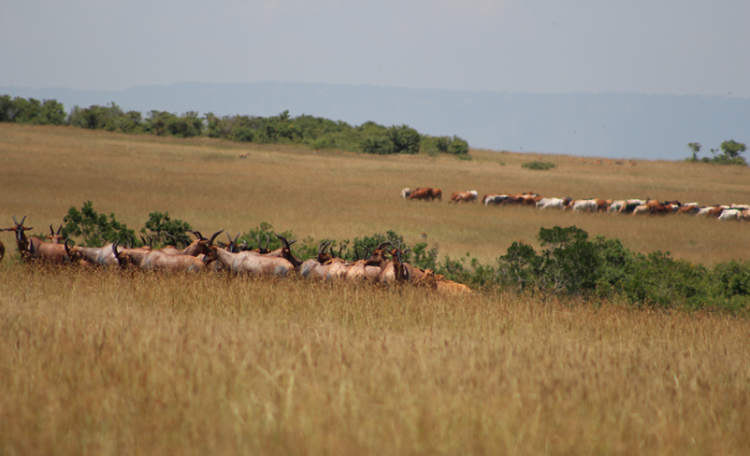More than half of land on Earth is rangeland, consisting of vast areas covered by grass, shrubs, lichens and sometimes trees. These landscapes support millions of pastoralists, ranchers and hunter-gatherers, countless plant and animal species, and store large amounts of carbon in their soils.
Rangeland grazing by domestic and wild animals can be sustainable, benefiting both humanity and the planet. Over millennia, pastoral livestock herders have developed, adapted and refined sustainable grazing systems for different ecosystems. Sámi herders raise semi-domesticated reindeer on lichen found in the tundra. Moroccan shepherds move their animals seasonally between valleys and mountain pastures. Sahelian herders graze animals by rotating them across different landscapes and vegetation types, while North American ranchers seasonally rotate between public and private lands.
Such strategies provide two important lessons: first, all of rangeland ecosystems have evolved over millennia under the influence of some form of grazing; and second, the more that herders move their animals and capitalise on and work with nature’s variability, the more that these ecosystems are protected from degradation. Sustainable pastoral grazing is, therefore, a time-honoured way to maintain livelihoods and food production on lands where crops cannot be grown sustainably. No matter how dry or inhospitable they may seem, these vast ecosystems are decidedly not wastelands. They are productive lands on which ruminant animals and their stewards turn sunlight and grass into milk and meat.
Rangelands are not wastelands. Sustainable pastoral grazing is a time-honoured way to maintain livelihoods and food production where crops cannot be grown sustainably.
Today, however, not all rangelands remain available for grazing. Some of the most productive, such as the Cerrado savannahs of Brazil, the mesic grasslands of the Great Plains of North America, or the wetter grasslands of the southern Sahel, have been converted unsustainably into croplands. Large tracts of these ecosystems have also been set aside solely for wildlife conservation, or recently for ‘re-wilding’, under the mistaken notion that livestock grazing is incompatible with biodiversity, even though domesticated and wild ruminants have shared these lands for millennia.








Rangeland restoration
The need to call for universal restorations in drylands to support pastoralism livelihood through agroecological practice
Ajouter un commentaire